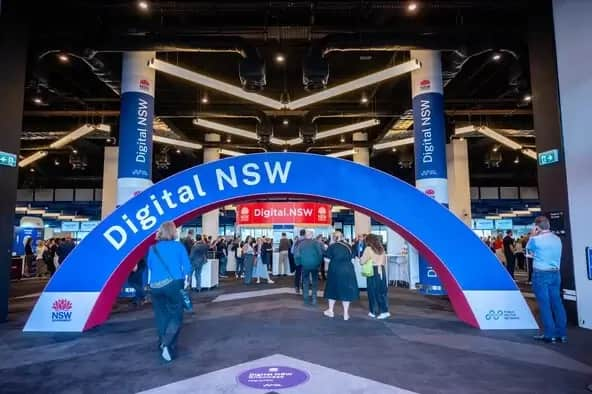Standardising user consent through a design system component
A framework to handle privacy compliance digitally
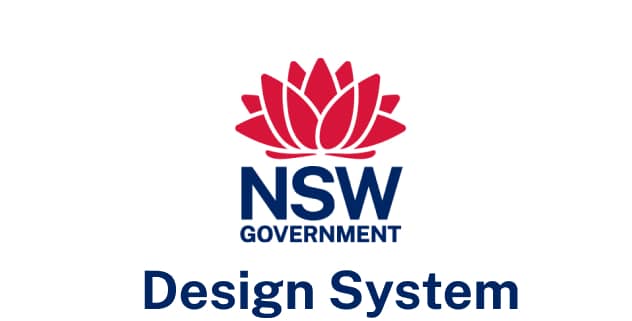
Challenge
We've received multiple requests from various NSW government departments for the need to create a cookie banner, to strengthen privacy information by gaining user consent, particularly for those using analytics tools, such as heatmapping tools like Hotjar.
This marked the beginning of our journey to standardise a reusable cookie banner which would allow users to have more control over the storage of their personal information while enforcing compliance for NSW government agencies."Without a way for end users to consent to the storage of their personal information, not only infringes on individual privacy rights, but also presents a risk of misuse of sensitive information for NSW government agencies." - NSW privacy staff memeber
Approach
The research aimed to determine whether a cookie banner component should be included in the NSW Design System. Given our tight schedule, it was important to make our research activities quick and focused. The primary objective was to gather findings that could be translated into actionable insights to inform better design decisions.Interviews
Customer audit & competitor benchmarking
I evaluated 48 customer websites and competitor design systems looking at common themes, and identifying potential gaps. The purpose of the evaluation focused on:- how cookie information currently being communicated? [our customers]
- what is the current method for users to manage their privacy settings? [our customers]
- how is cookie information captured? Is it on a separate page? [our customers]
- is there any mention of GDPR? [our customers]
- what are some common themes in the wording of the cookie information? [our customers]
- what are the various ways it can be presented in the UI? [our customers, competitors]
This image has popup zoom functionality - click on it to see it fullscreen:
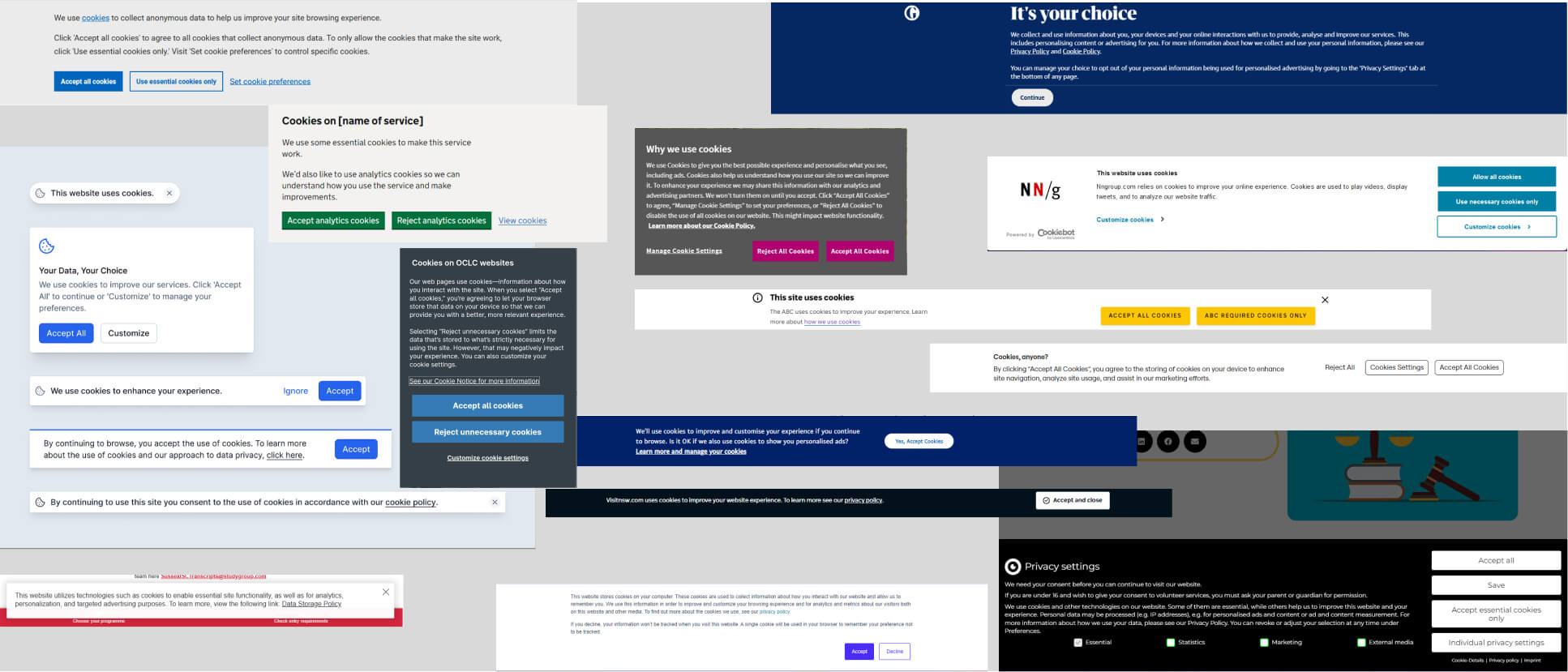
- Even though allowing users to manage the storage of their personal information is not currently a high priority, based on feedback from our privacy team and relevant articles, it's safe to assume that strict privacy standards are approaching.
- 52% of our customers contained a section in their privacy page on cookies which indicates awareness on privacy and cookies use although none contained an option to manage the user’s consent.
- Even though our customers' websites don't widely acknowledge GDPR, agencies interacting with European organizations that need to comply with GDPR and CCPA will need user consent.
- The GOV UK cookie banner documentation is the industry standard and leader, which we used as a benchmark.
This image has popup zoom functionality - click on it to see it fullscreen:
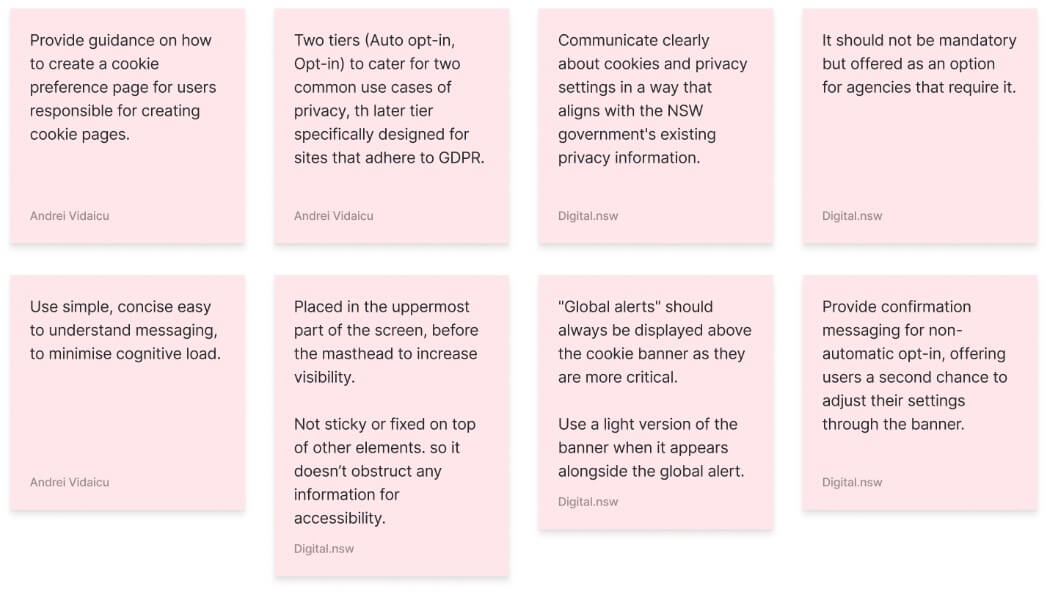
Design
This image has popup zoom functionality - click on it to see it fullscreen:

This image has popup zoom functionality - click on it to see it fullscreen:
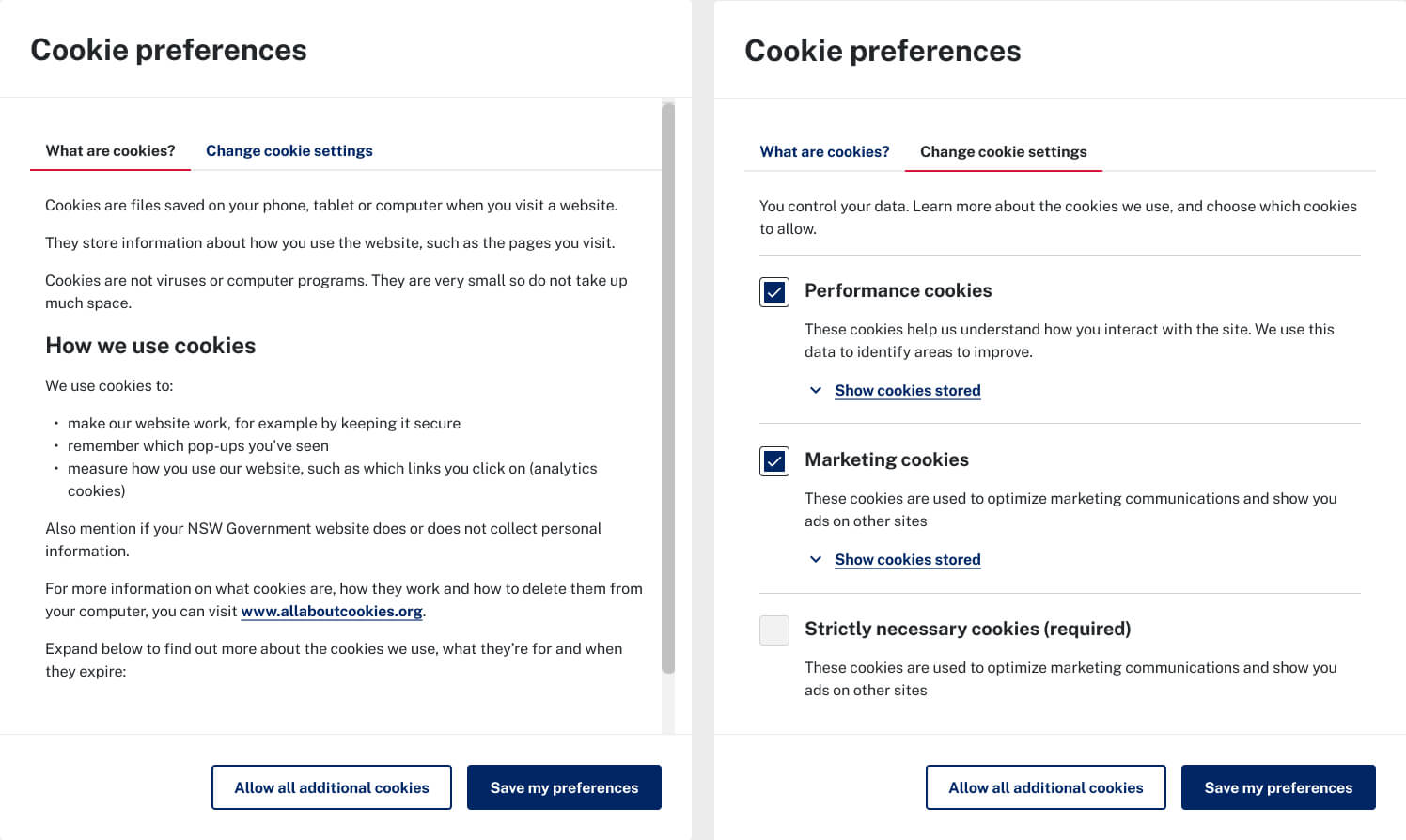
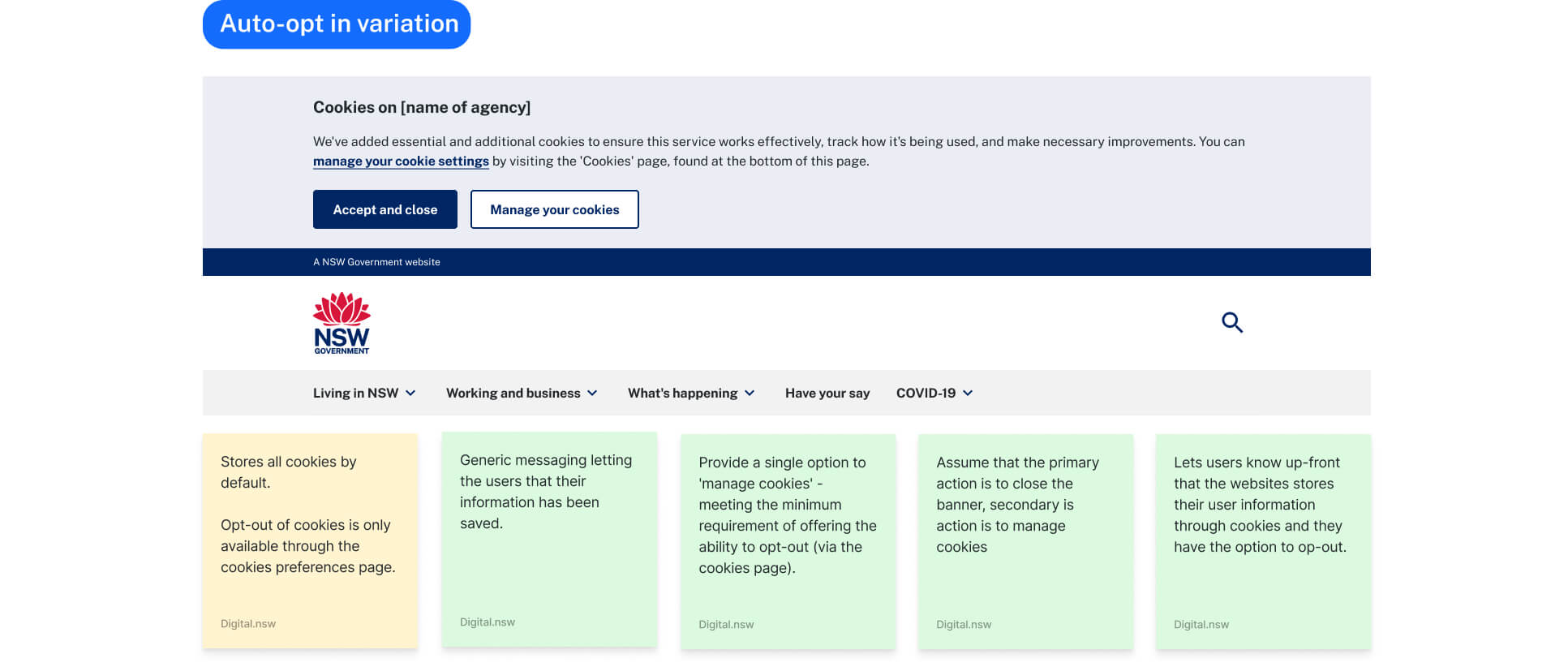
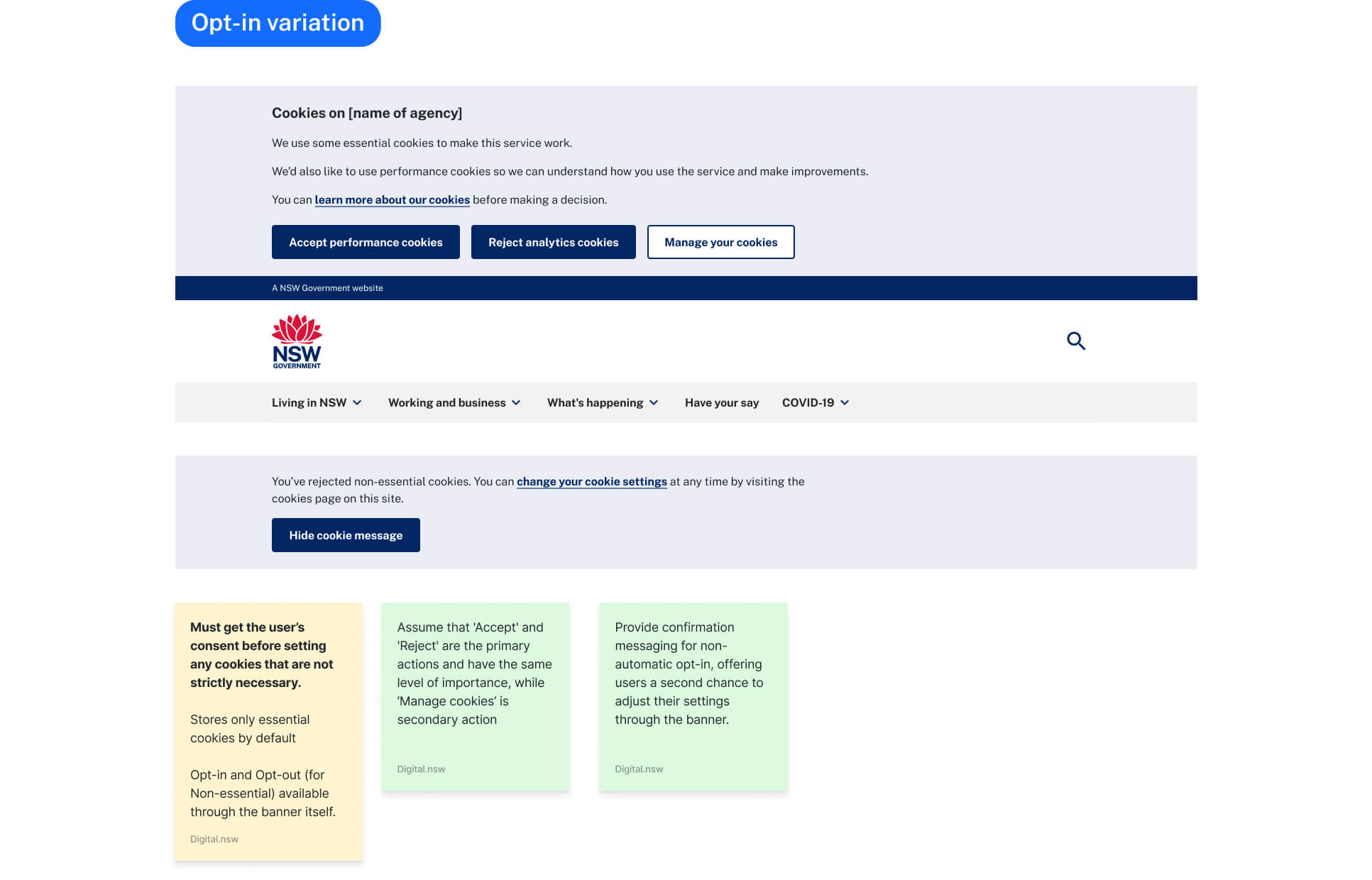

Impact
The addition of the cookie banner component to the NSW Design System has marked a significant milestone and, it's even received interest from other Australian government websites. It shows the design system's ability to adjust to a variety of use cases while setting a solid foundation for future implementations.

